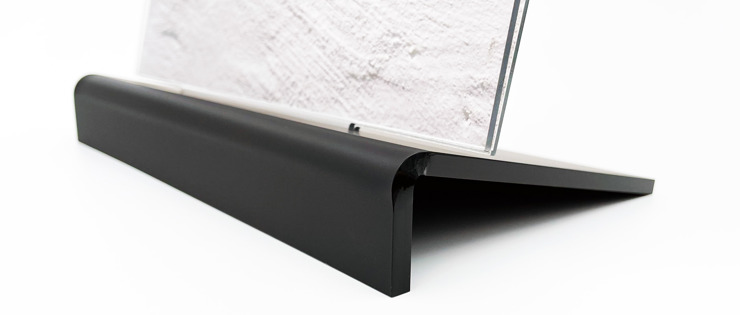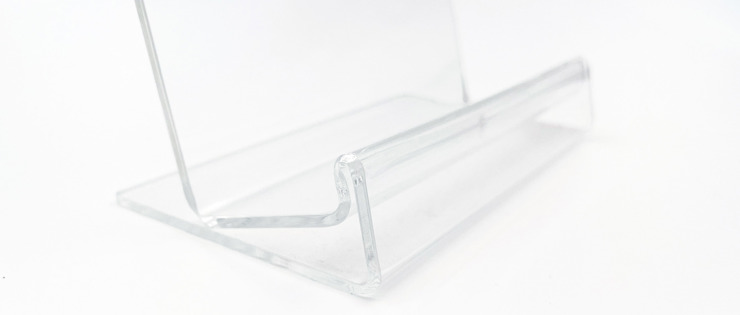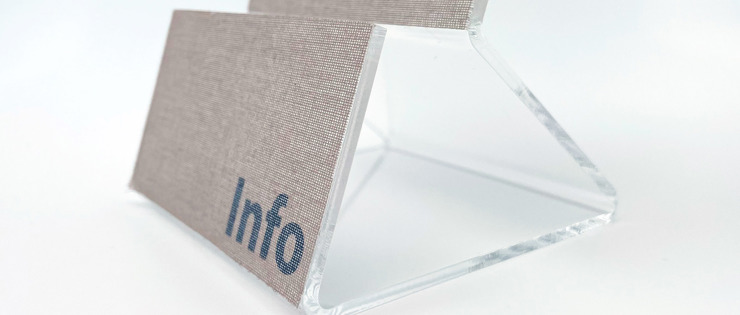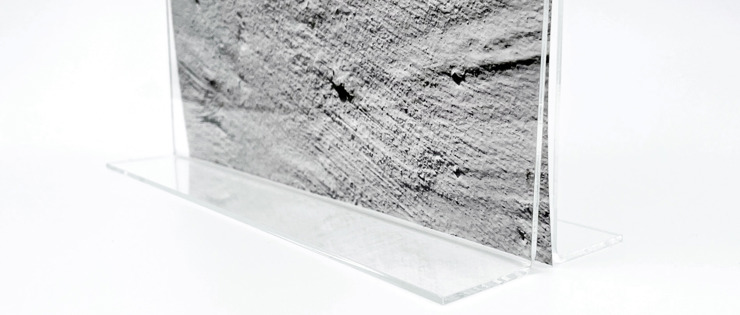Cold og heat bending of many types of plastics
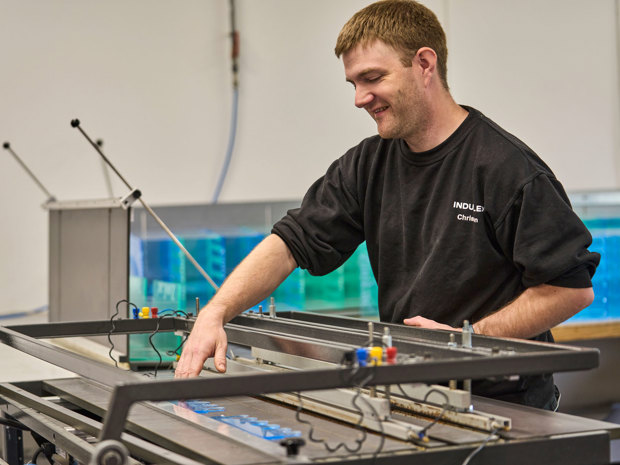
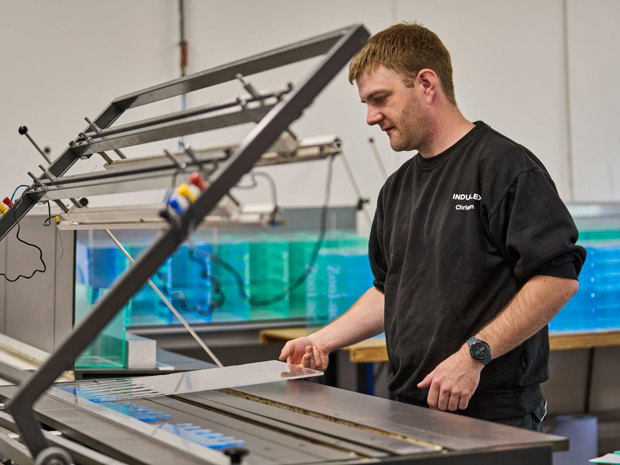
Bending is a processing method that aims to permanently change the shape of plastic. Rods or pipes can be folded, and a good deal of bending work is done on sheets.
Induflex performs heat-bending of technical plastic such as chutes and safety screens or machinery guards. We also use bending for more creative items such as magazine or sales displays and showcases.
The bending process can be carried out either by heat or cold bending. The choice of method depends mainly on the material, the end use and the aimed for quality.
When bending large series of items, we use our robot to make production more efficient.
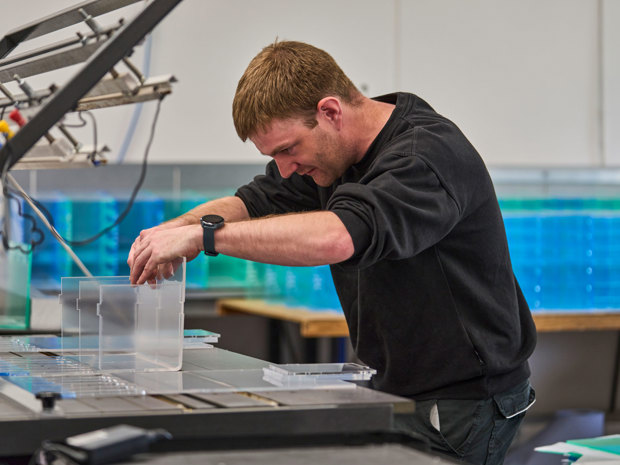
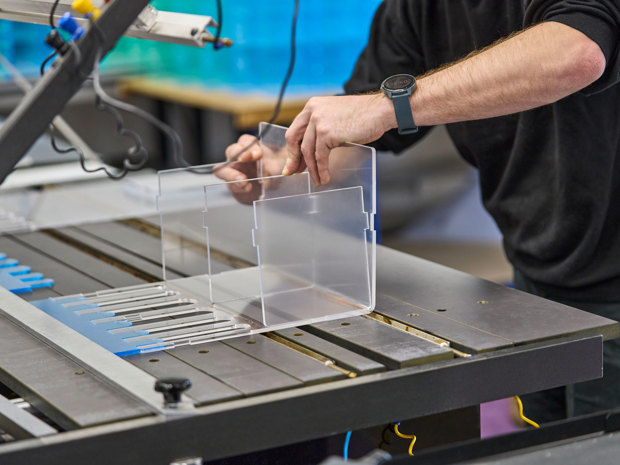
Heat bending of plastic
In heat bending, the plastic sheet is warmed over a hot wire until it softens. Once it has reached the correct temperature, it is manually bent. After this, the part is held fast during cooling, so that it will retain its shape.
In principle all types of thermoplastic can undergo heat bending, though some types of plastic are more suited to the process than others. Over the years we have found the best results are with acrylic (PMMA), polystyrene, polycarbonate, PETG, PEHD500, PET and ABS.
Heat bending of acrylic
When acrylic is bent, the item is warmed by a hot wire to 100-150 degrees before it bends. The material suffers no damage as a result of the heat applied to it. In this example, the acrylic is equally strong after it has cooled, almost as if it had been cast in its final shape.
Cold bending of plastic
Cold bending of plastic sheets is done in the same way as metal bending. Since plastic is more dynamic or ‘living’ than metal, there are however several challenges.
During cold bending, tension can develop in the bent area. This may result in the sheet fully or partially straightening itself out again. The absence of heat as a fixative makes it difficult to achieve a satisfactory and lasting result.
Usually, it is smaller items that are processed by cold bending. We have successfully used cold bending on several different thicknesses of polycarbonate and PET. Acrylic (PMMA) is not suited to cold bending.
Cold bending is a quicker and cheaper method than heat bending. Unfortunately however, there are only a few materials that are suited to the process – and this is why we generally recommend heat bending.




